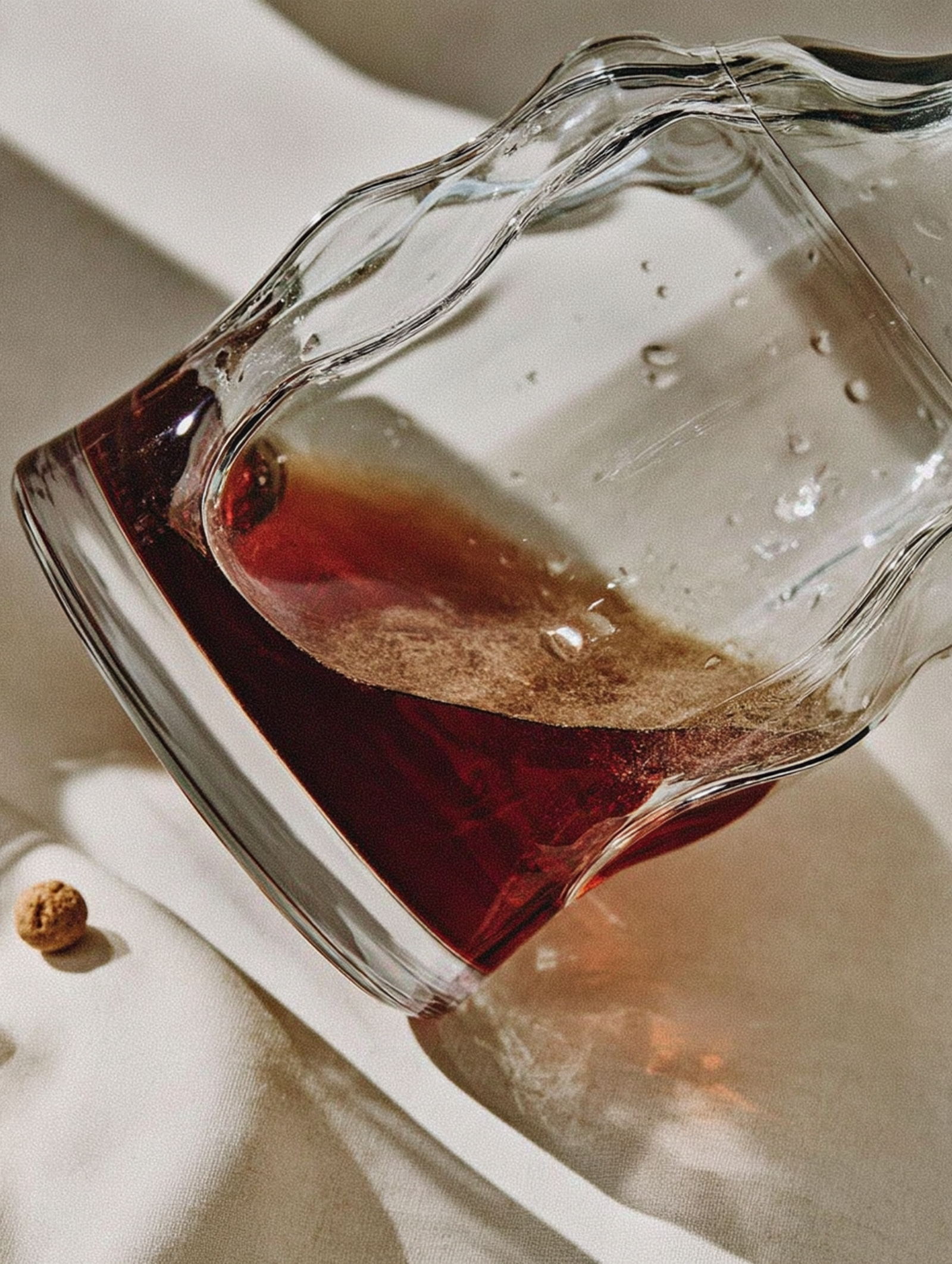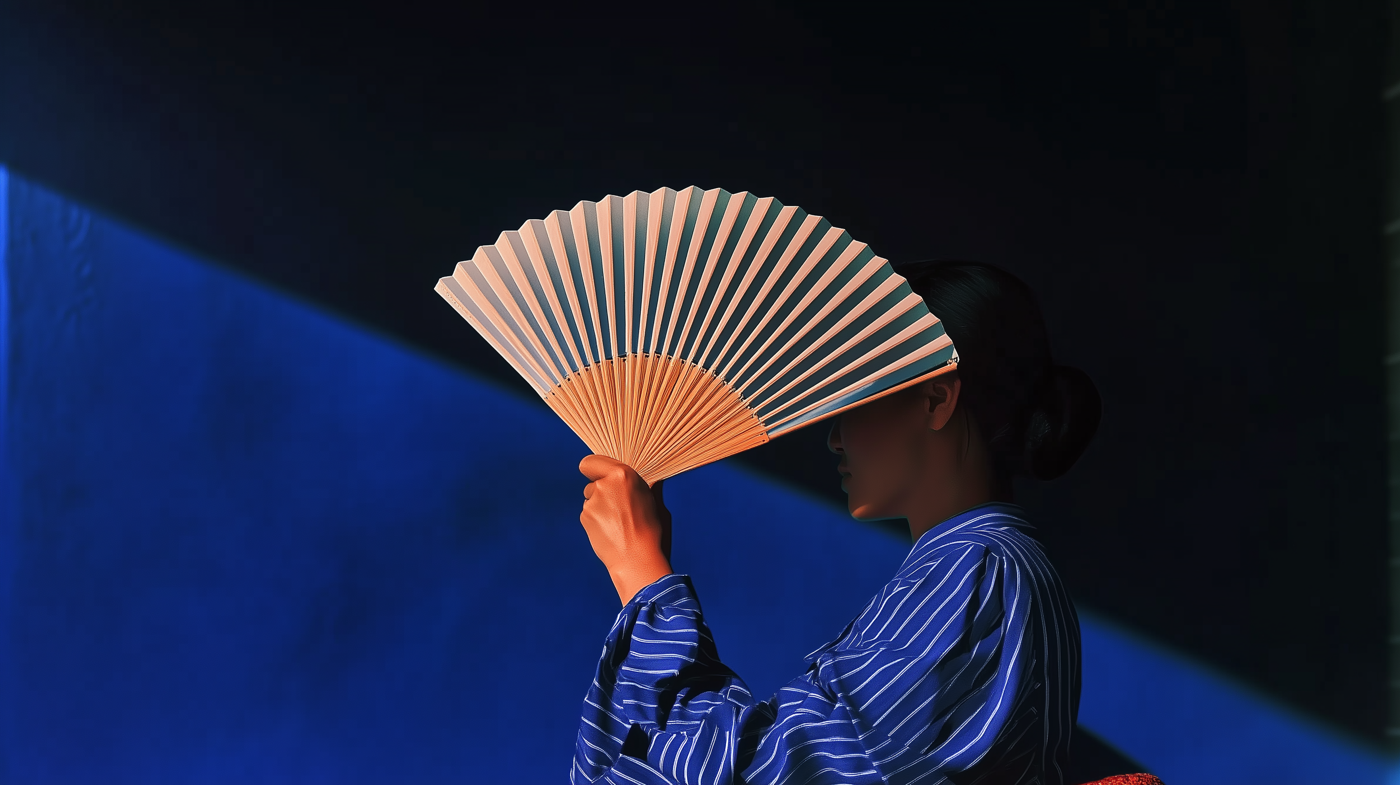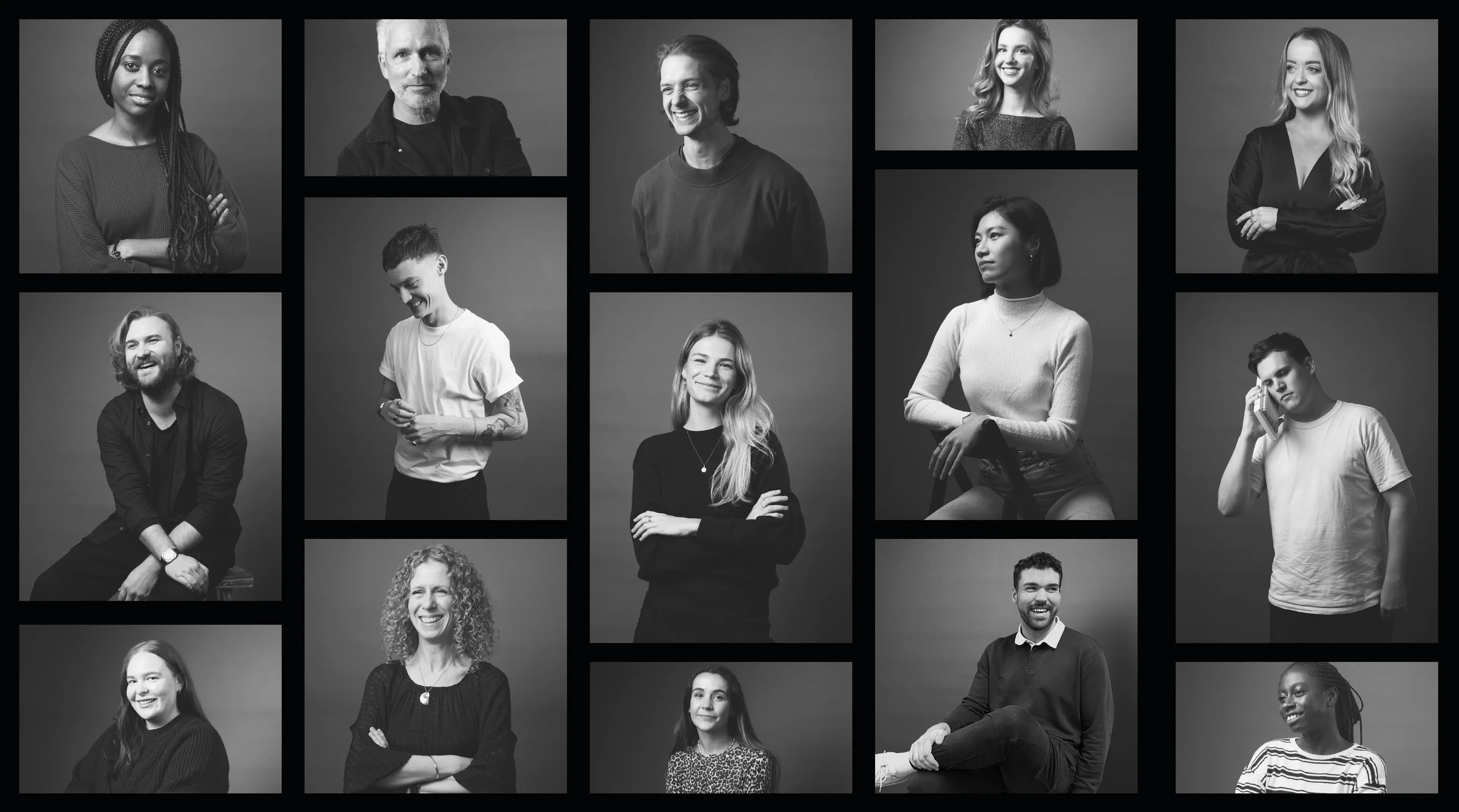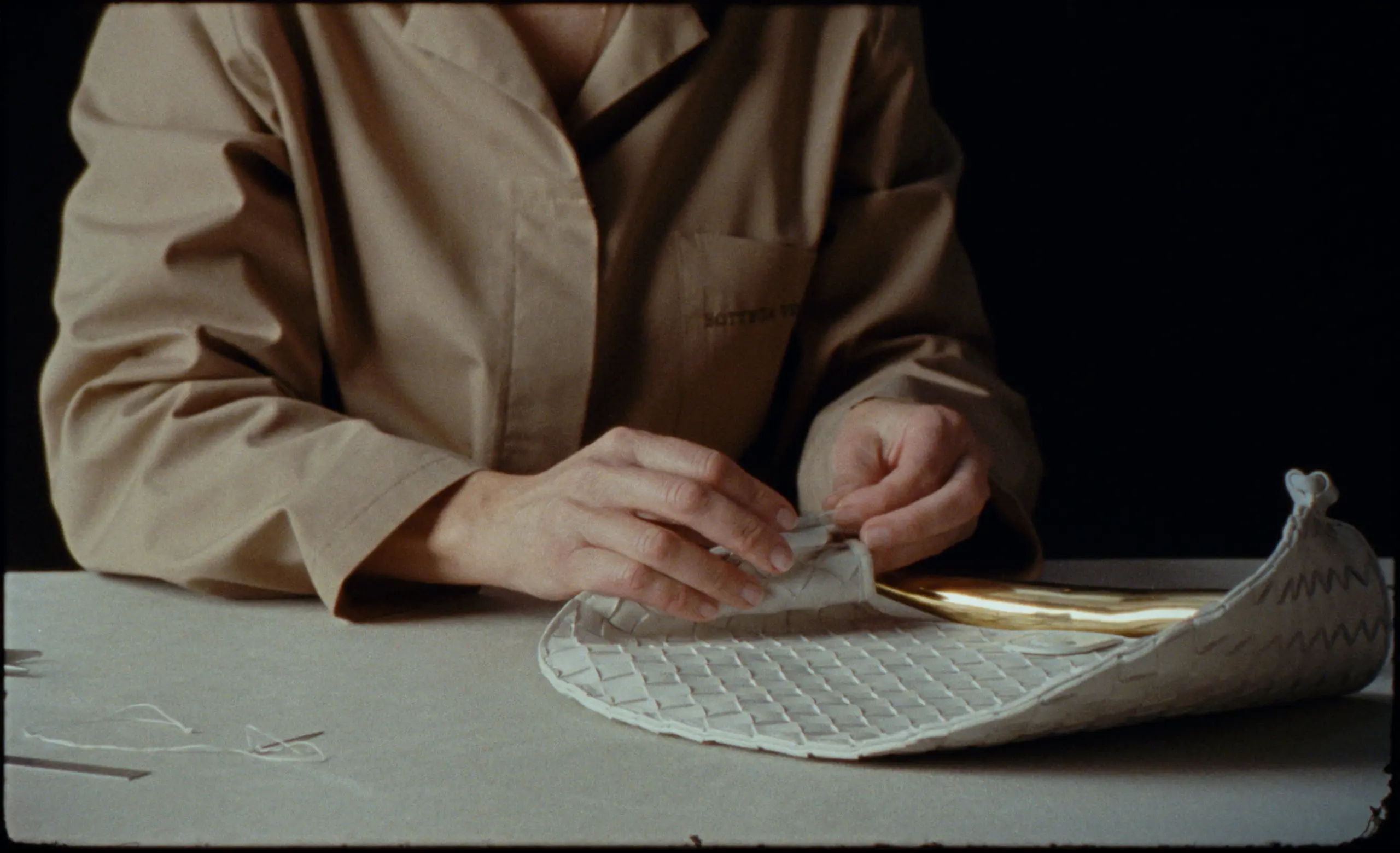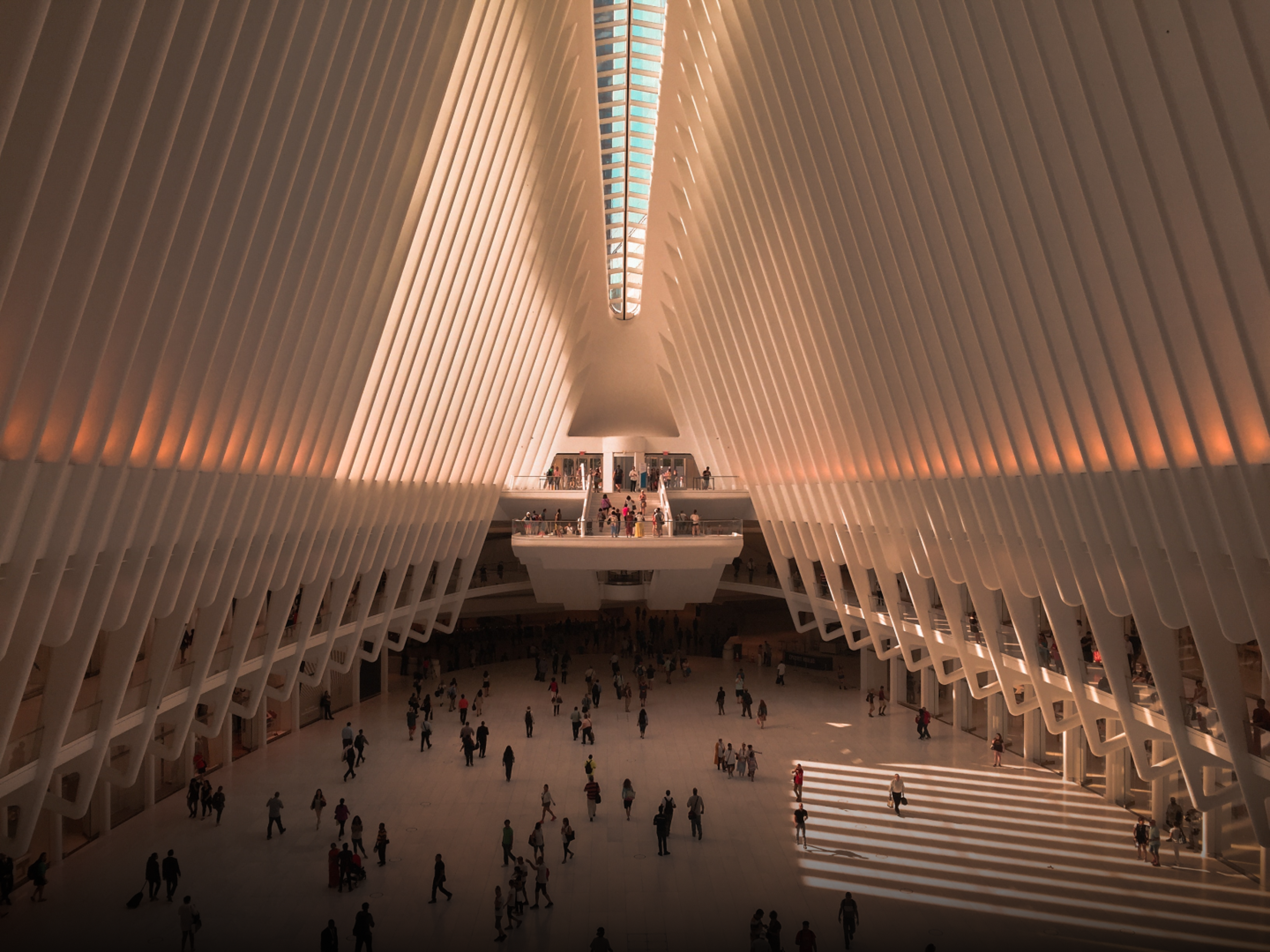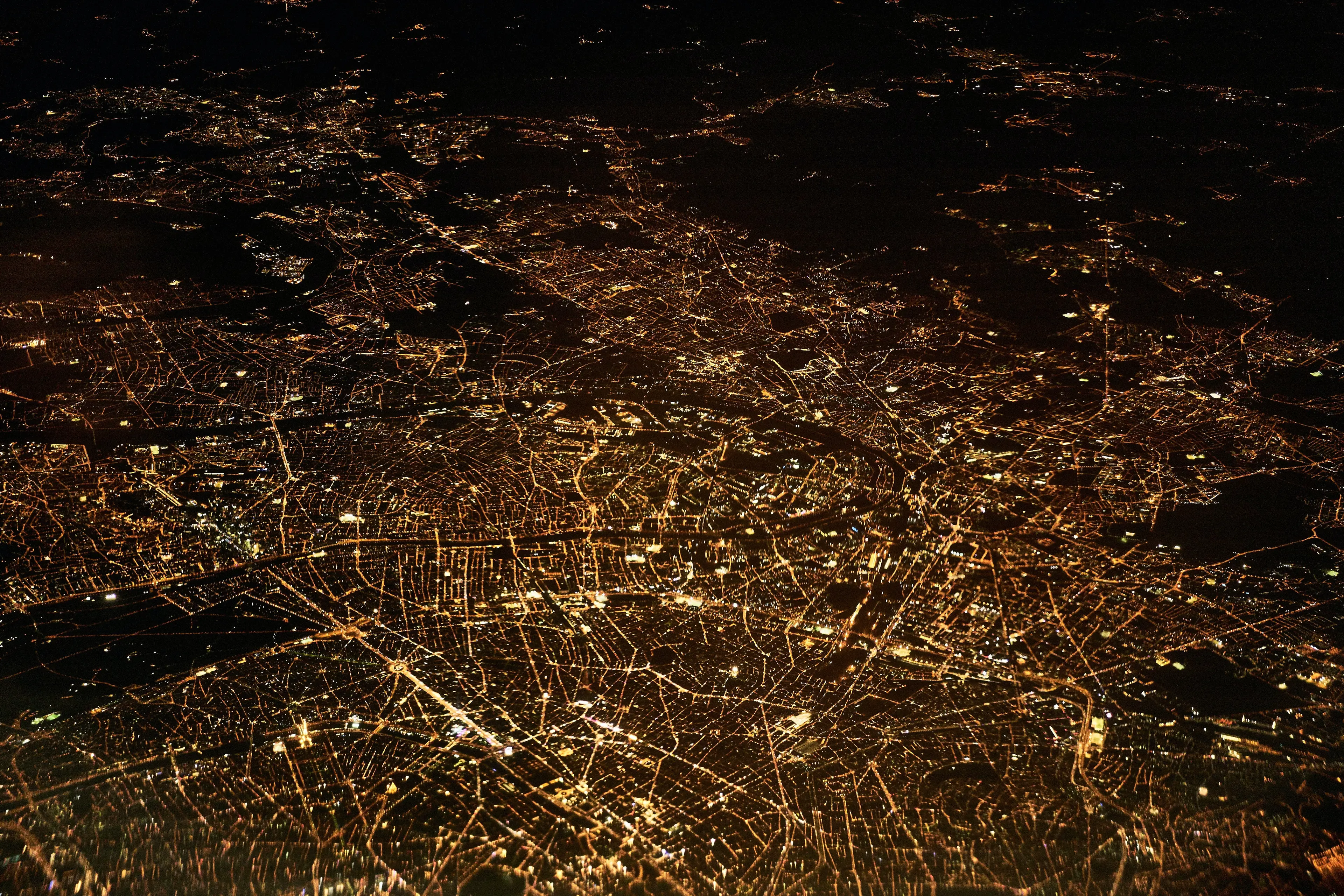
Luxury Commentary
1 Aug 2023
4 Min Read
Remapping Luxury — A World of Opportunity
A piece dedicated to mapping luxury’s geographical place in the world. What was once Western-hubbed has crawled across the world map, with huge and still growing hot spots in the Middle East, China and India. If brands want to last longer than a lifetime, they need to start thinking and acting on a truly global scale.
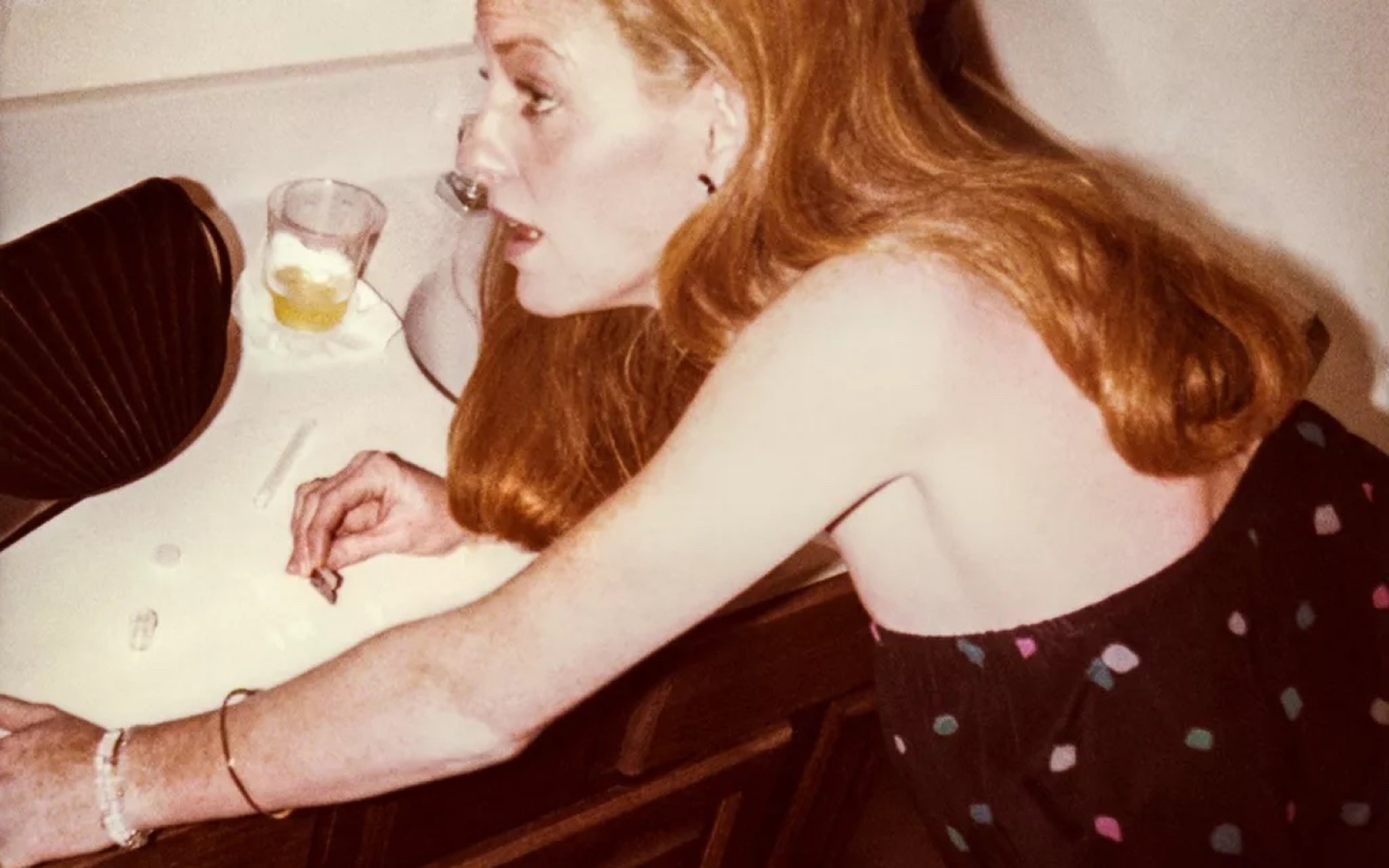
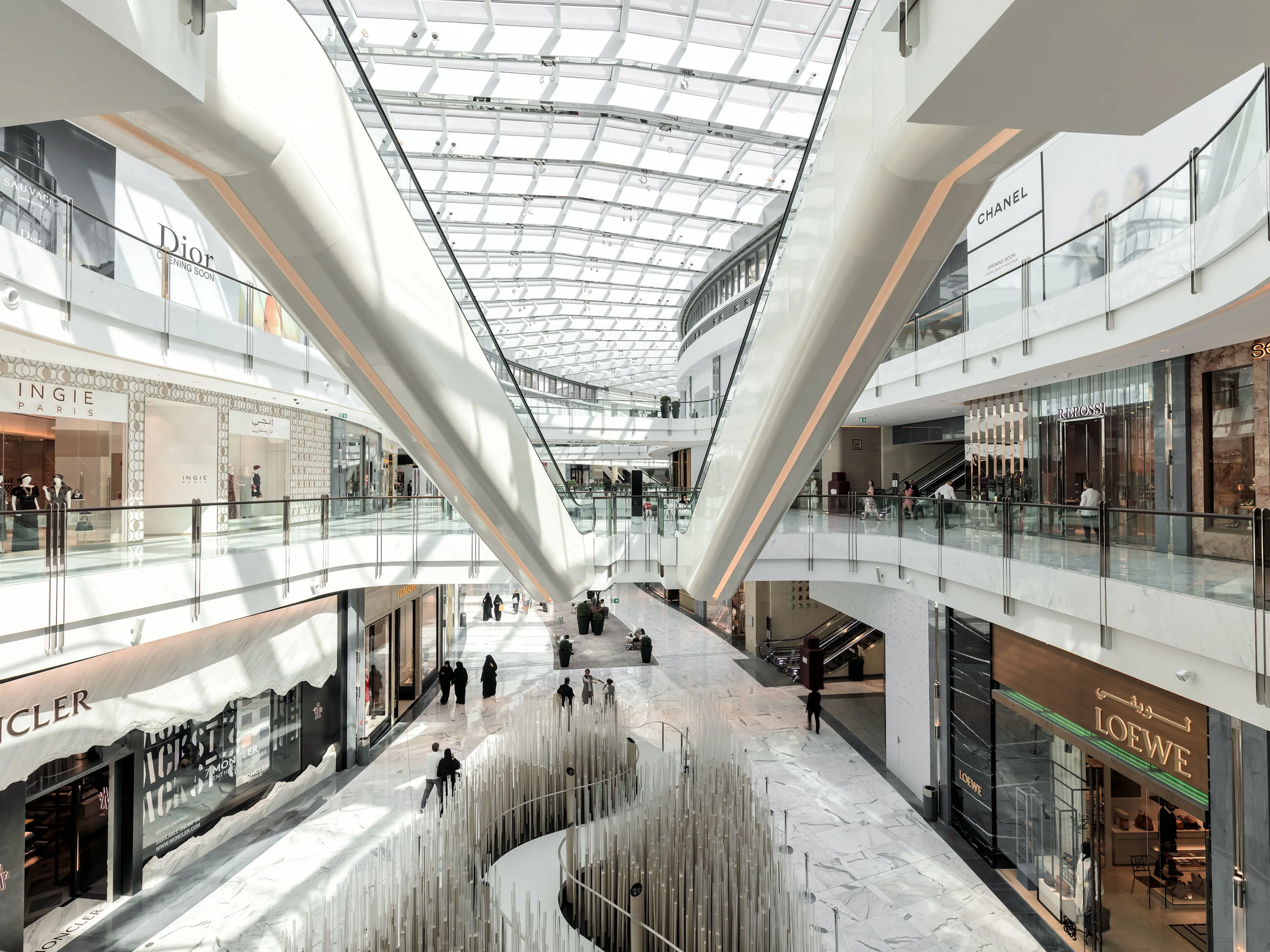
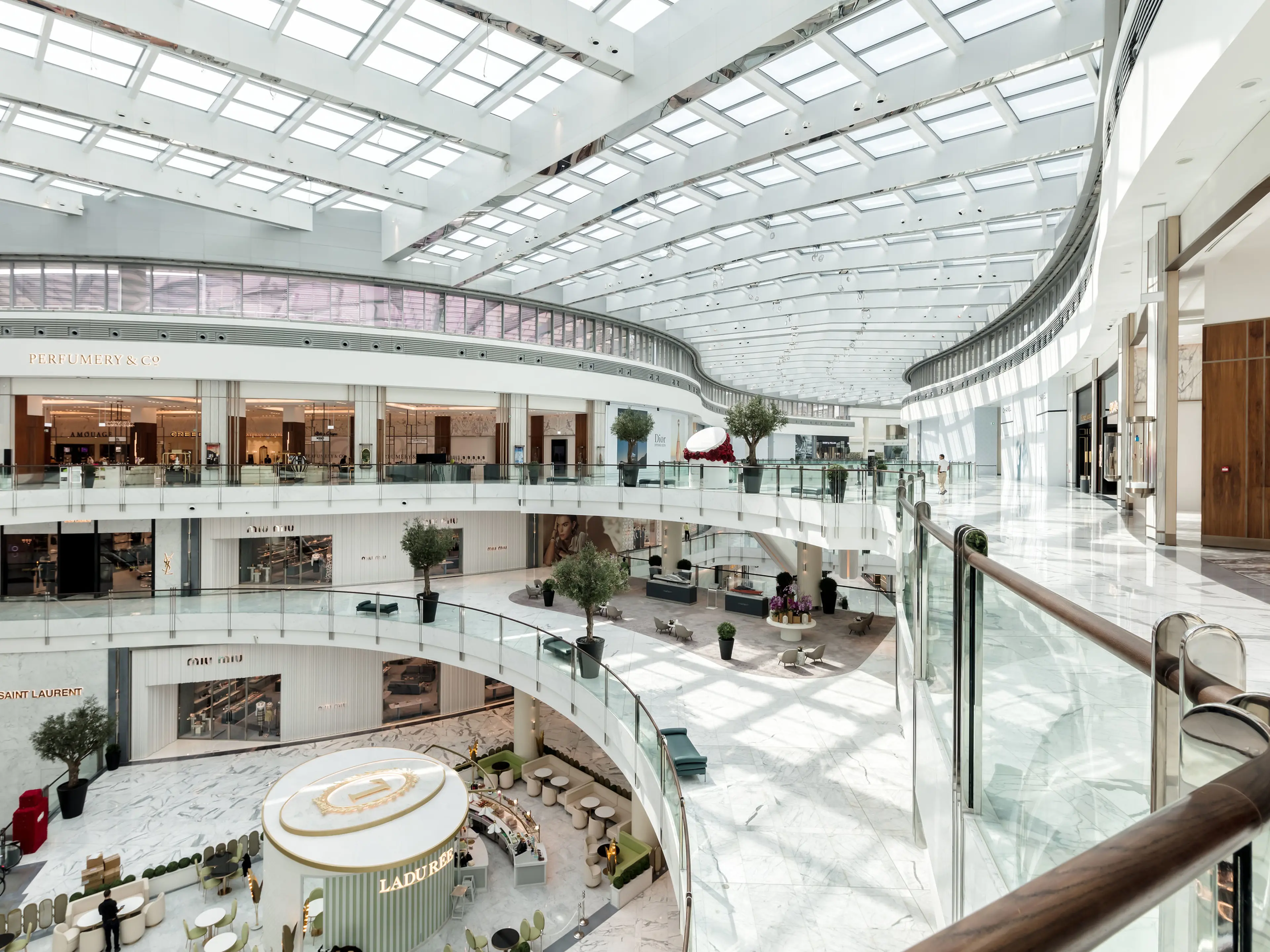
Luxury Commentary
